First things first - there are NO rules. No matter what Instagram or your well-wishers say, there are no rules to lighting homes.
Five Key Things to Remember When Lighting Your Home
Personal Space
Homes are unique, each fulfilling different needs. The age group, cultural activities, and professions of the inhabitants all influence how a home is used. This means every home will be designed and experienced differently. It is a personal choice.
For example, if your mother uses her bedroom not just to sleep but also to indulge in her favorite hobby of knitting, you will need to accommodate lights in her room accordingly. While warm light is cozy and great for bedtime, it is not ideal for activities like knitting in the absence of natural light. A daylight temperature like 4000K would be better suited in the form of a table lamp, a directional floor lamp, or a clamp light by her bedside.
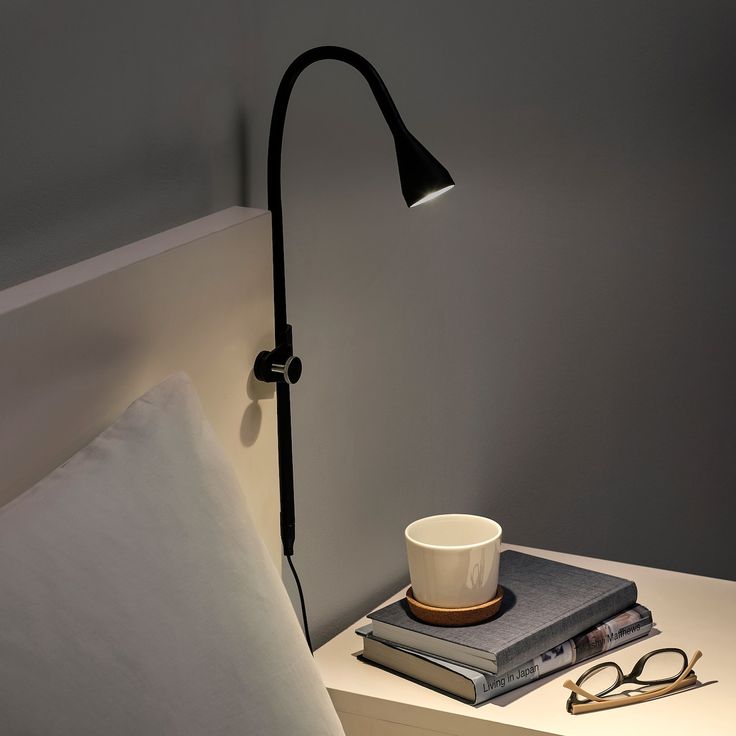
Site Restraints
Not all homes come with false ceilings, and they are not necessarily the answer to all lighting needs. If you don’t have enough ceiling light points, you can still create a beautiful and cozy space using up-lights. For up-lights to work best, the ceiling must be light-colored, ideally white, to bounce back the light into the room. Uplights in the form of wall lights, floor-standing lamps, or table lamps will do the job!
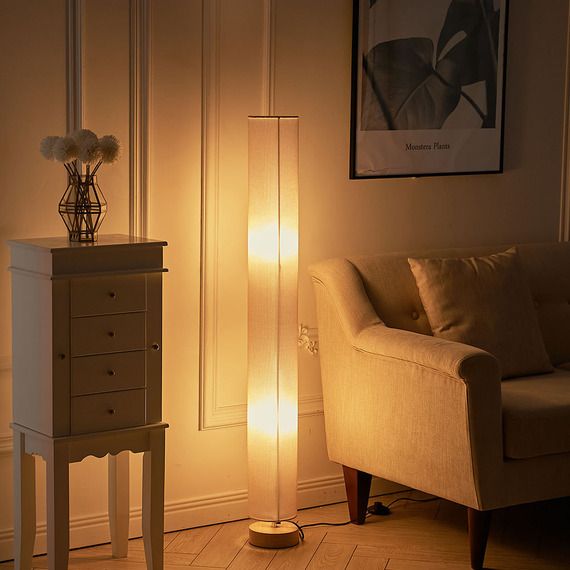
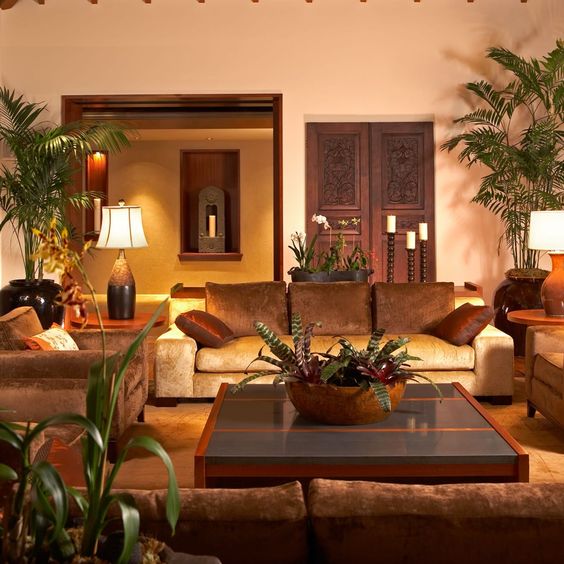
Layers of Lighting
Technically, layers of lighting are defined as ambient, task, and accent lighting. For the common person, it simply means using different kinds of lighting fixtures to achieve different moods in the space. Taking the above example again, when the mother is using her bedroom for knitting, she may turn on just her task light to create a focused environment. However, when she is winding down, having the daylight on is not conducive to sleep. Hence, a diffused warm light, such as a wall lamp not directly hitting the eyes, maybe the best choice.
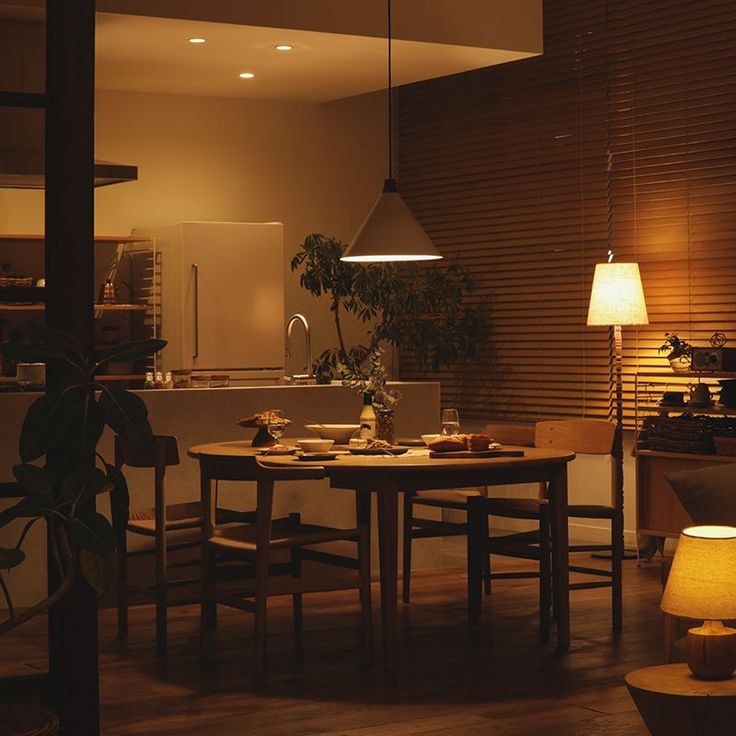
Dimming is Our Best Friend
Do you know that friend who knows what you want before you even know it? The one who is there for you in every situation and also gives you space when you need it? Dimming does that in lighting.
The idea of dimming is to control the amount of light in a space. It gives you the flexibility to change the room’s ambiance without moving anything around. If you are not feeling well and don’t want harsh light, dimming will provide just the right amount of light to alleviate darkness. But if you are deep cleaning your room and don’t want to miss any dust spots, dimming will blast the light to the maximum to ensure you don’t miss a thing.
Dimming is easy and can come individually in fixtures, so you don’t necessarily have to ask the electrician to change your existing wiring.
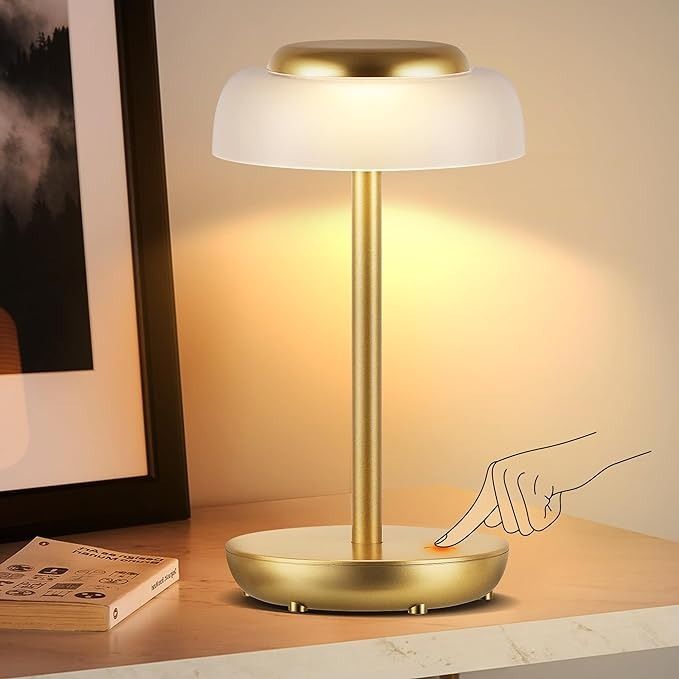
Don’t Be Afraid to Experiment!
Lighting is a science, dictated by the principles of physics and chemistry. But it is not fixed in stone, especially not in your home. You can have different color temperatures in your room at the same time, as long as you only use one at a time. You may also find that you feel best in a combination of temperatures that can’t be created with market-bought fixtures. Use your combinations as long as they make you happy! Don’t fall prey to trends - in the end, you have to enjoy your space.
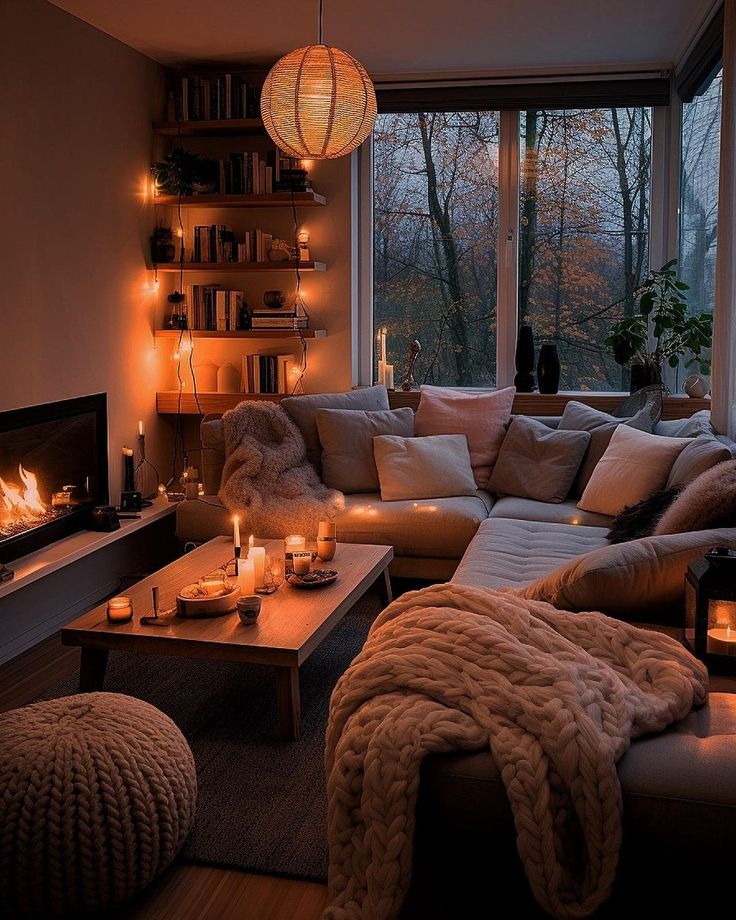
We are very selective in the homes we choose to work on. We prefer homes where we can directly interact with the client and ask them questions about how they’re going to use their space. We don’t always get along with designers who prioritize how the project would photograph over how a client will use their home.
Homes are personal, and there can’t be too many rules here.
Follow our Pinterest Board to get image references: https://pin.it/4piUuotH4
